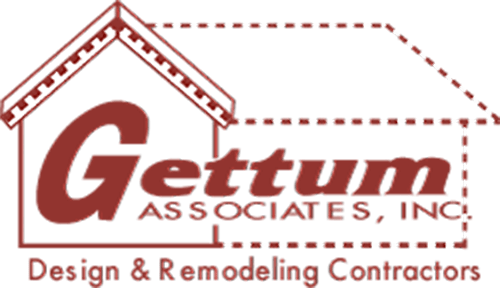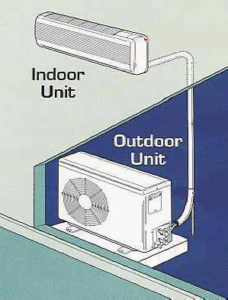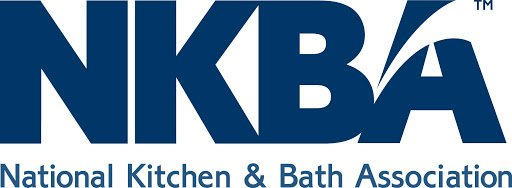When you consider that the majority of people spend as much as 90% of their time indoors you soon realize that we should pay a lot more attention to the quality of the air that we are breathing.
Many of the pollutants that are invading our air space are very hard to detect without specialist equipment as they are often invisible to the naked eye and often do not produce any clues to their existence by way of smell or other indicators that we would be able to pick up on.
Pollution threat
Poor indoor air quality is ranked as the 4th largest pollution threat to Americans according to the http://www.epa.gov/.
There are many potential pollution threats that simply cannot be seen or smelt despite their pervading presence in your air space. The dangers to our air quality can come from a number of sources and the consultants http://landing.edrnet.com/vaporintrusion.html, suggest that cleaning products, chemicals used in dry cleaning, plastic products like keyboards, paint and even some types of furniture are just some of examples of how indoor pollutants could invade your space.
Indoor air pollution explained
Indoor pollution is caused by gases or particles being released into the air from some of the sources already mentioned or from a number of other potential contaminants. The level of pollution can vary dramatically from harmless to health but a cause of minor irritation, to potentially deadly and a threat to life.
The problem is that long-term exposure to polluted air will most likely increase your risk of suffering from respiratory diseases, heart problems and even the prospect of cancer.
Exercising caution
Most of us are now aware of the dangers of exposure to asbestos and pesticides for example, but you should also exercise caution when choosing the household cleaning products you are going to use in your home.
Some of these cleaning products release pollutants as and when they are used whilst other items such as air-fresheners could actually be releasing pollutants continually if they are in constant use.
There are dangers from gas pollutants such as radon or formaldehyde and some products may release fine particles containing asbestos or mold spores, so check the credentials of cleaning products and related items that you intend to use indoors.
Measuring your indoor air quality
The problem with a number of indoor pollutant sources is that they represent a hidden danger and if you wanted to test for the presence of Radon for example, there is no way of doing this without using a specific device because Radon is colorless and odorless.
You can buy a device at many hardware stores that will enable you to measure the levels yourself or if you have a number of concerns and there are signs of poor indoor air quality through condensation, mold or mildew or you simply want to ensure that your air quality is adequate and not presenting a potential health hazard, it makes sense to contact a professional service who can check for a whole host of problems during testing and inspection.
Seeing as we spend so much time indoors, it makes sense to attack and destroy any pollutants that may be trying to attack and invade our air space. Click the image of the radon test kit to learn more.
About the author:
Peter Samuels is an experienced building manager. He enjoys blogging about his years on the job facing all sorts of common and unusual management situations.
















